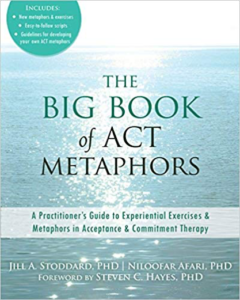 I am a big fan of David Brooks for his thinking and insight. I don’t always agree but he always makes me think. His Atlantic Monthly article “The Nuclear Family Was a Mistake” is for anyone who is frustrated with the instability of many of our adults and children. He has amazing statistics, and he talks a lot about the idea of “kinship.” In other words, the families that are created not by blood but by common experience, interests, liking, or necessity.
I am a big fan of David Brooks for his thinking and insight. I don’t always agree but he always makes me think. His Atlantic Monthly article “The Nuclear Family Was a Mistake” is for anyone who is frustrated with the instability of many of our adults and children. He has amazing statistics, and he talks a lot about the idea of “kinship.” In other words, the families that are created not by blood but by common experience, interests, liking, or necessity.
Brooks chronicles the history of families and highlights that the nuclear family we know was really only successful from about 1950 to 1965.
I love this quote from the article: “We’ve made life freer for individuals and more unstable for families. We’ve made life better for adults and worse for children. We’ve moved from big, interconnected, and extended families, which helped protect the most vulnerable people in society from the shocks of life, to smaller, detached nuclear families (a married couple and their children), which give the most privileged people in society room to maximize their talents and expand their options. The shift from bigger and interconnected extended families to smaller and detached nuclear families ultimately led to a familial system that liberates the rich and ravages the working-class and poor.”
This is an article well worth reading, particularly if you work with children.
 Stories are a form of narrative therapy and have the ability to enter the subconscious and change it. One of the metaphor stories that I was fascinated with was one for an individual who suffers from anorexia. The story is called “The Fat and Thin Woman.”
Stories are a form of narrative therapy and have the ability to enter the subconscious and change it. One of the metaphor stories that I was fascinated with was one for an individual who suffers from anorexia. The story is called “The Fat and Thin Woman.”
In this metaphor story, the problem is represented as the fat woman and the thin woman living in different worlds, the “how to solve the problem” is represented by the thin and fat woman visiting with each other, and the solution is to “take a break from the fat woman.”
All metaphor stories, to be successful, must represent the problem in some fashion, identify a process or “how to” to go about solving the problem, and then end with the problem resolved—a solution.








